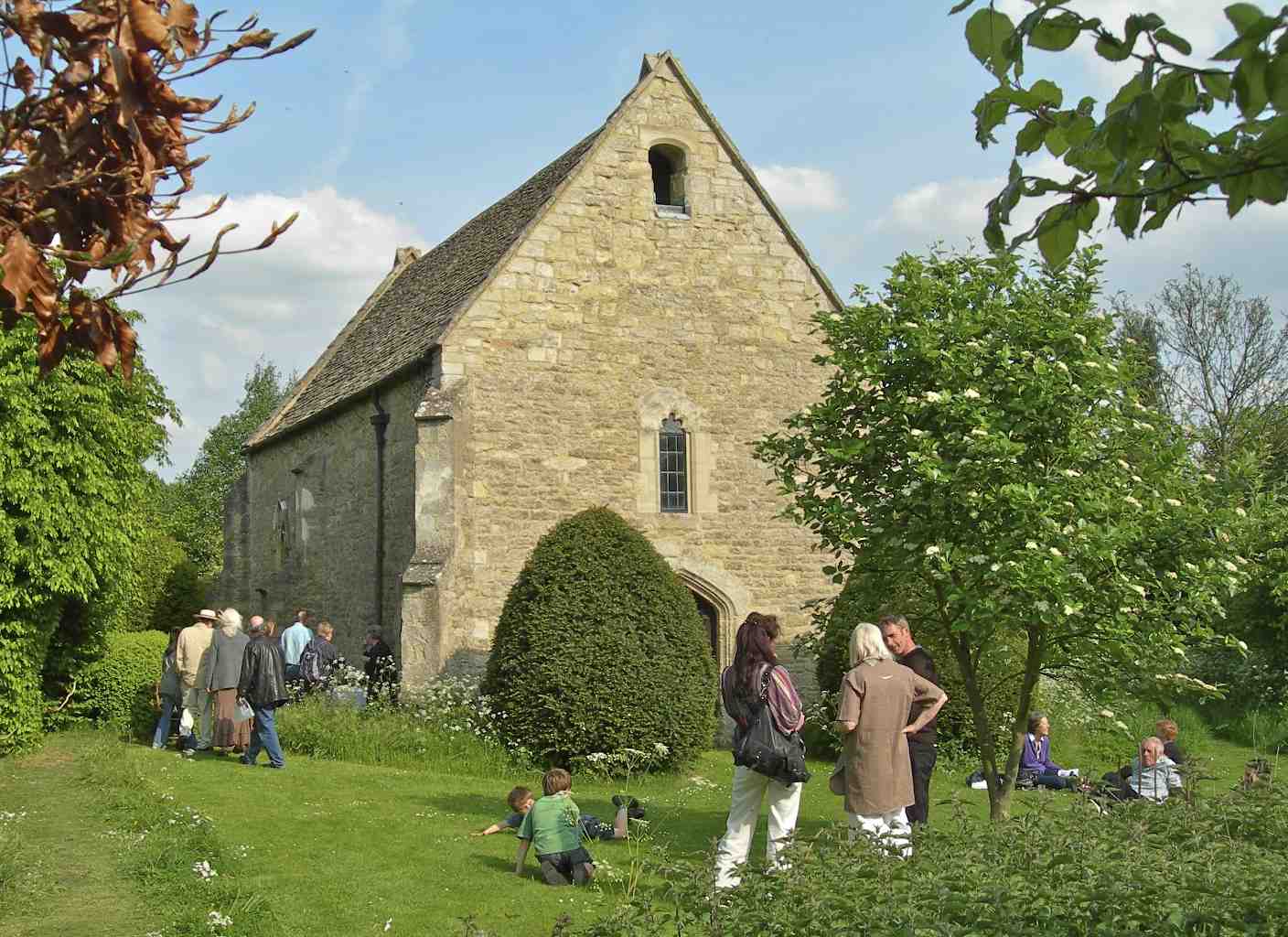
Oxford Arts Week at Bartlemas Chapel
Photo: Russell Weston
The full report on the 2011 excavations at Bartlemas Chapel is now available
St Bartholomew’s Chapel (Bartlemas) lies within a small secluded fragment of medieval England, tucked away behind the busy Cowley Road. The chapel, hospital building and chaplain or wardens house were founded in the early 12th century by Henry I to accommodate 12 lepers (known as brethren) and a chaplain. The site lay on a plateau within Cowley Marsh and had its own gardens, springs and holy well, and was surrounded by cultivated land, meadows for grazing animals, and woodland.
For two centuries the foundation suffered from mismanagement and corrupt administration and the buildings and land fell into disrepair. In 1316 Edward II intervened and imposed tighter restrictions, but it was not until ten years later in 1326 that the wardenship of the estate was granted to Adam de Brome, the Rector of the University Church of St Mary the Virgin. De Brome was also granted authorisation to found a new college, Oriel, and St Bartholomew’s was transferred to the college in 1329 and remained part of the college estate until the early 20th century.
Shortly after this transfer Oriel rebuilt the original chapel, which was believed to have been constructed from timber, with a stone chapel, part of which survives today. During the English Civil War it suffered at the hands of Cromwell’s soldiers who occupied the site and used the chapel as a stable for their horses. They stripped the lead from the roof to use as shot, stopped the well, and stole the chapel bell. They also destroyed the hospital. A grove of 500 elms that surrounded the site was later destroyed to prevent the rebels from hiding out.
Following the Civil War Oriel built four tenements on the site of the former hospital, and in 1651 restored the chapel with a pitched roof and oak chancel which remains to the present day.
Bartlemas and the East Oxford Project










